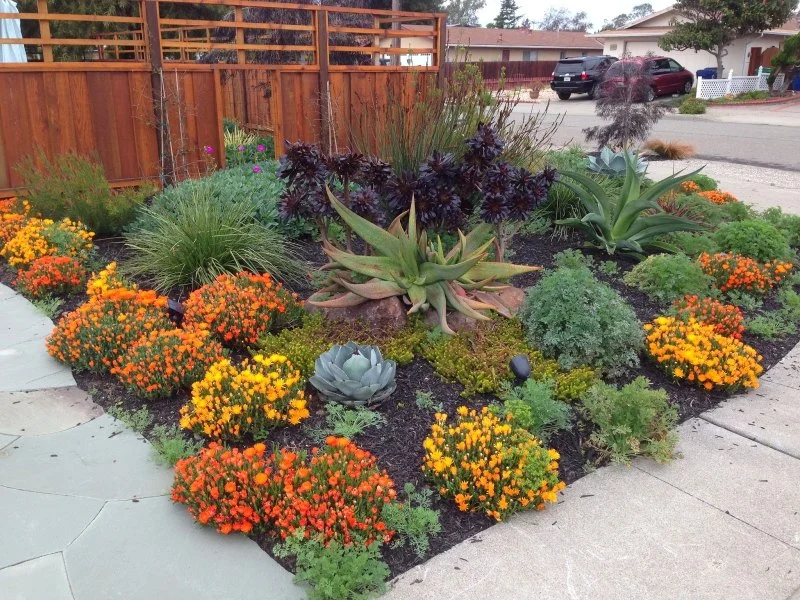
1. Introduction to Drought-Tolerant Landscaping
In regions with limited water resources, drought-tolerant landscaping has become essential for sustainable gardening. One of the most effective ways to create a water-efficient garden is by using native plants that are naturally adapted to the local climate. Native plants have evolved to thrive in specific environmental conditions, making them more resistant to drought and requiring less water, maintenance, and fertilizers. This article explores the best native plants for drought-tolerant landscaping, helping you create a beautiful and eco-friendly outdoor space.
2. What Makes a Plant Drought-Tolerant?
Drought-tolerant plants are specially adapted to survive with minimal water. These plants typically have deep root systems that allow them to access water from deeper underground sources, or they have thick, waxy leaves that reduce water loss through evaporation. Many native plants are naturally drought-tolerant, making them perfect choices for xeriscaping or low-water landscaping. By incorporating these hardy plants, you can reduce your water consumption and contribute to a more sustainable garden.
2.1. Benefits of Using Native Plants
- Water Conservation: Native plants require less irrigation, helping you conserve water.
- Low Maintenance: These plants are naturally adapted to the local climate, reducing the need for constant upkeep.
- Biodiversity: Native plants attract local wildlife, supporting a healthy ecosystem.
- Cost-Effective: With their ability to thrive without constant watering, native plants reduce your water bills and long-term gardening costs.
3. Best Native Plants for Drought-Tolerant Landscaping
Choosing the right native plants for your garden can make a significant difference in water efficiency and overall maintenance. Here are some of the best native plants that are perfect for drought-tolerant landscaping:
3.1. Purple Coneflower (Echinacea purpurea)
The Purple Coneflower is a hardy perennial known for its attractive purple blooms and resistance to drought. This plant thrives in sunny spots and requires minimal watering once established. It also attracts pollinators like bees and butterflies, making it a great addition to any garden.
3.2. California Poppy (Eschscholzia californica)
Native to California, the California Poppy is an excellent choice for arid regions. With its vibrant orange flowers, this plant thrives in dry, well-drained soil and requires very little water. It’s perfect for adding color to a low-water garden and is known for its ability to withstand drought conditions.
3.3. Red Yucca (Hesperaloe parviflora)
Red Yucca is a striking plant with long, spiky leaves and red tubular flowers that attract hummingbirds. It thrives in dry, sandy soil and is highly drought-tolerant. This plant is ideal for creating a modern, desert-inspired landscape while conserving water.
3.4. Black-eyed Susan (Rudbeckia hirta)
Black-eyed Susan is another native plant that thrives in drought conditions. Known for its yellow petals and dark center, this perennial flower is easy to grow and maintain. It can tolerate poor soil and dry conditions, making it an excellent choice for a low-maintenance garden.
3.5. Agave (Agave americana)
Agave is a drought-resistant succulent with dramatic, spiky leaves that add architectural interest to any garden. This plant thrives in full sun and well-drained soil, making it an excellent choice for hot, dry climates. Agave plants are perfect for xeriscaping and require very little water.
4. Tips for Successful Drought-Tolerant Landscaping
When designing your drought-tolerant landscape, here are a few tips to help you succeed:
4.1. Plan for Water Conservation
Start by grouping plants with similar water needs together. Create zones in your garden where plants with low water requirements can thrive. Additionally, use mulch to retain moisture and reduce evaporation, which helps keep the soil cool and hydrated.
4.2. Use Efficient Irrigation Systems
Drip irrigation systems are perfect for drought-tolerant gardens. They deliver water directly to the roots of your plants, minimizing water waste and ensuring that your plants receive the moisture they need. Consider adding a timer to automate watering and avoid over-watering.
4.3. Select the Right Soil
Proper soil preparation is crucial for drought-tolerant landscaping. Well-drained soil helps prevent water from pooling and ensures that plants can access water at the root level. Amend your soil with compost or organic matter to improve drainage and structure.
5. Case Study: Transforming a Water-Guzzling Lawn into a Beautiful Drought-Tolerant Garden
John, a homeowner in California, struggled with high water bills due to his lush lawn, which required constant irrigation. After learning about drought-tolerant landscaping, he decided to replace his lawn with native plants like Purple Coneflowers, California Poppies, and Agave. Not only did his water consumption decrease significantly, but he also noticed an increase in local wildlife such as bees and birds. John’s garden became a stunning, low-maintenance landscape that was both eco-friendly and visually appealing.
6. Conclusion
Incorporating native plants into your garden is an excellent way to create a drought-tolerant landscape that conserves water, reduces maintenance, and enhances biodiversity. Plants like Purple Coneflower, California Poppy, and Agave are ideal choices for sustainable gardening. By selecting the right plants and implementing water-efficient strategies, you can transform your garden into a beautiful, low-water oasis. For more advice and quality native plants, visit Beautiful Landscapes to get started on your own drought-tolerant landscaping project.



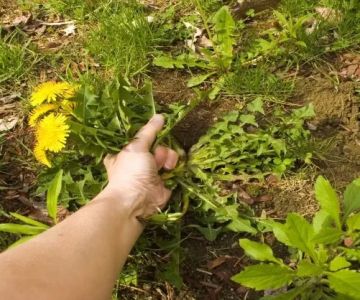
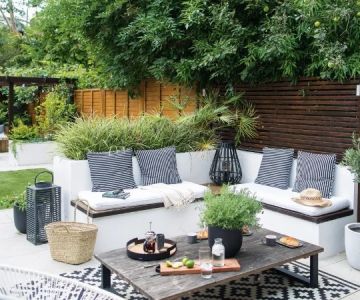
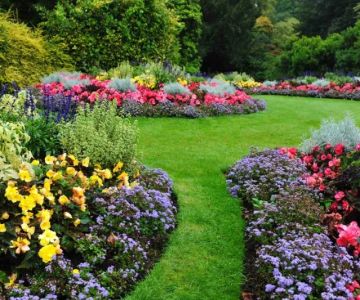


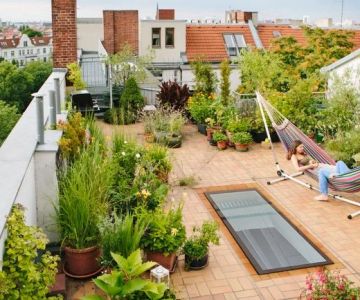
 Envisioning Green0.0 (0 reviews)
Envisioning Green0.0 (0 reviews) Silvestre's Hardscaping LLC5.0 (22 reviews)
Silvestre's Hardscaping LLC5.0 (22 reviews) Reyes Brothers Landscaping LLC4.0 (8 reviews)
Reyes Brothers Landscaping LLC4.0 (8 reviews) Shawn L Vieth LLC0.0 (0 reviews)
Shawn L Vieth LLC0.0 (0 reviews) Suburban Landscaping4.0 (9 reviews)
Suburban Landscaping4.0 (9 reviews) Tim Theder Landscape Contractor4.0 (7 reviews)
Tim Theder Landscape Contractor4.0 (7 reviews)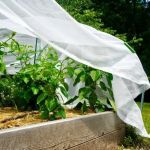 How to Protect Plants During Heat Waves
How to Protect Plants During Heat Waves How to Prevent Soil Erosion Naturally Without Retaining Walls
How to Prevent Soil Erosion Naturally Without Retaining Walls How Much Value Does Landscaping Add to a Home? Explore the Benefits and Impact
How Much Value Does Landscaping Add to a Home? Explore the Benefits and Impact Best Drought-Tolerant Plants for Your Region
Best Drought-Tolerant Plants for Your Region How to Plan & Build a Backyard Fire Pit Area for Maximum Enjoyment
How to Plan & Build a Backyard Fire Pit Area for Maximum Enjoyment How to Convert a Lawn Into a Wildflower Meadow
How to Convert a Lawn Into a Wildflower Meadow